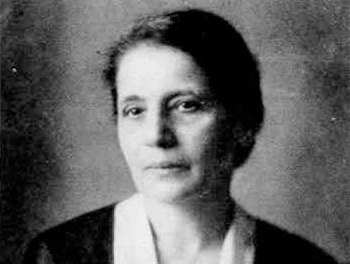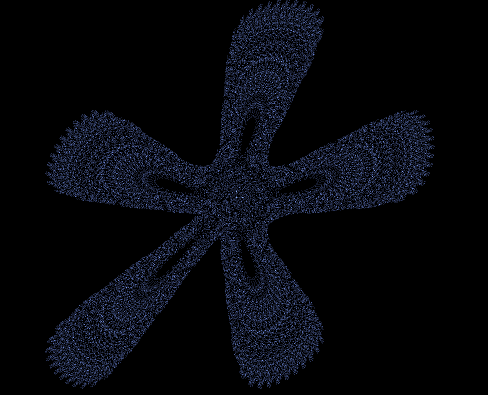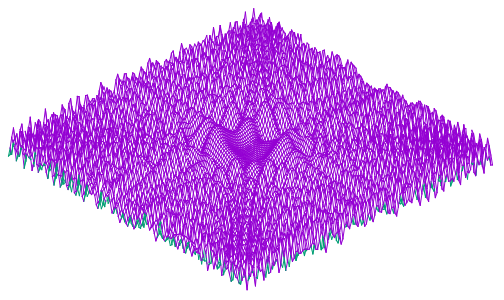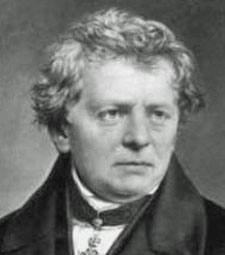Lise Meitner (1878 – 1968)
She was born in Vienna, Austria, as the third of eight children of a Jewish family.
It was hard for female to go and study in higher education at that time, so she decided to be a French teacher after high school. However, she could not give up studying at a university.
Fortunately, the social environment encouraged women to go to Universities then. Lise took the exam and entered the University of Vienna in 1901. She was major in physics and studied under Ludwig Boltzmann.
She went to The University of Berlin in 1907 to study under Max Planck. Then, she found a research job with the chemist Otto Hahn. Lise and he started studying radioactivity, with her insight of physics and his ability of chemistry. In 1918, they discovered the element protactinium.
In 1934, Lise was fascinated with the paper proposing nuclear fusion by Enrico Fermi, and she wanted Hahn to work on this experiment together. The project started, but Hahn had to dismiss Lise later due to political pressure from Nazi Party.
After that, Hahn observed an unexpected result from an experiment, but he was not sure to explain this. Then, he consulted Lise about the result. Lise and her nephew (physicist) proved that it was the nuclear fission.
Unfortunately, Lise Meitner did not get awarded Nobel Prize for the series of experiments, but she surely played an important role in finding nuclear fission.





